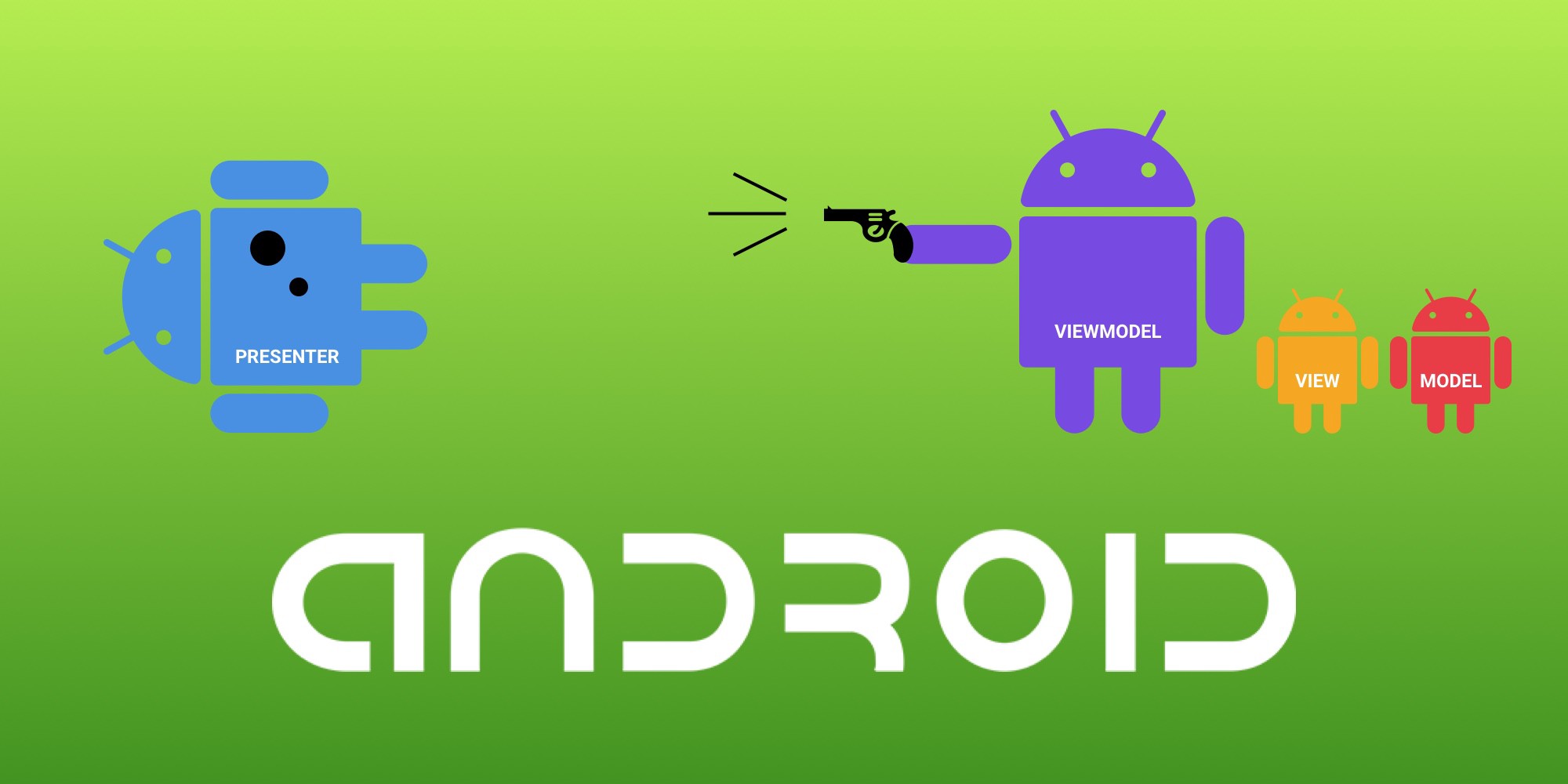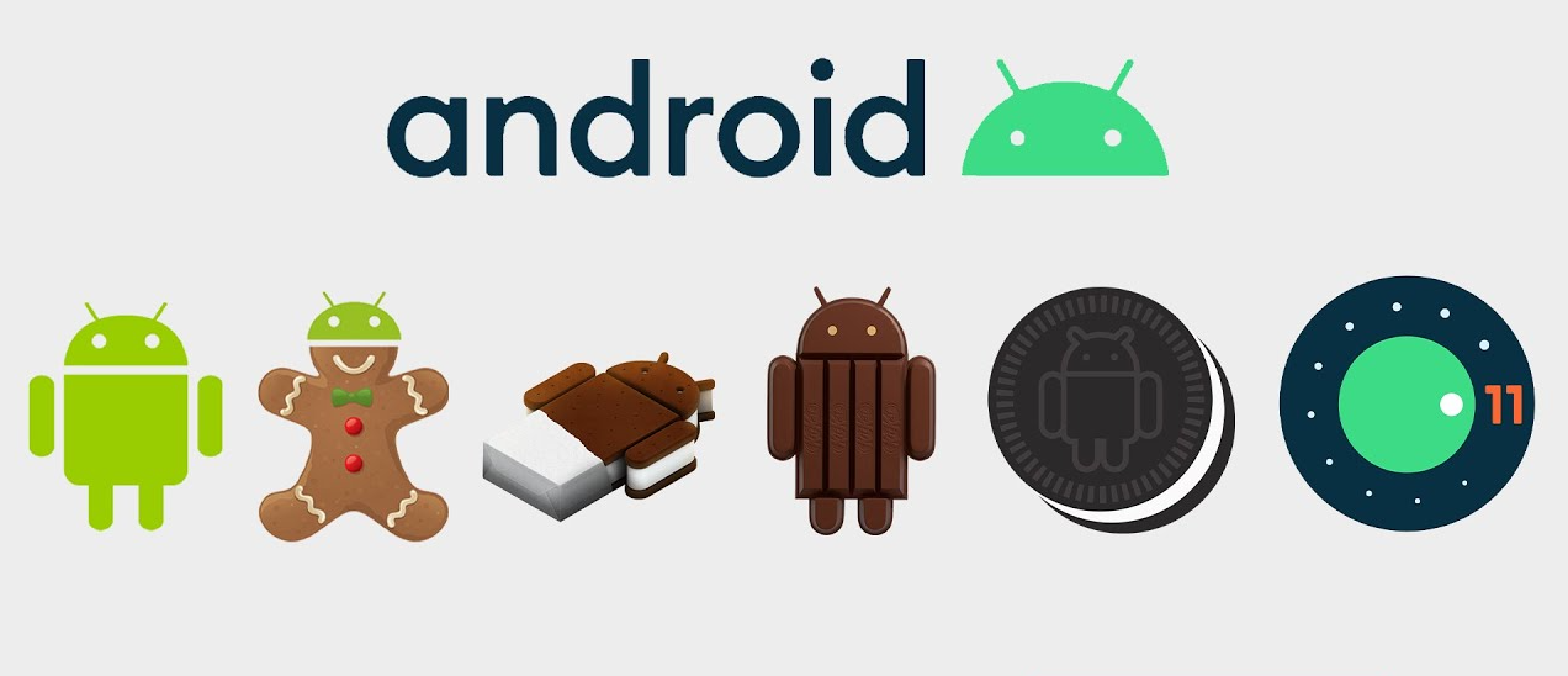Android Architecture(MVC, MVP and MVVM)
To make our Android application easy to extend, modify, refactor, test or even just read it, the architecture of the application is very important. For sure we can’t have a single class MainApplication or MainActivity and put everything inside, it will be a nightmare to just read the code and understand. There are three main architectures to use in Android to build our application and gives us power to do all operations we mentioned above: Model-View-Controller(MVC), Model-View-PResenter(MVP) and Model-View-VIewModel(MVVM). Let’s talk about them one by one.
MVC
Modelcontains all data models and states inside, it also has business logic as well;Viewresponsible for rendering UI and it contains everything that interact with user like Views/Layouts;Controlleris like a bridge in between, it handles the communication between model and view to finish the workflow.
A normal MVC workflow looks like this:

Pros
- Decoupling View and Model, Model itself is easy to test
- Faster development process
Cons
- Controller contains a lot of code, which makes it hard to extends and modify
- Controller usually is Fragment/Activity and it’s hard to do unit test
- Model is hard to change and maintain when View changes frequently (change from View is hard to adapt)
MVP
Modelcontains all data models and states inside, it also has business logic as well (same as MVC);Viewresponsible for rendering UI and it contains an implementation of View interface which will be used by presenter;Presentercontains the View interface and communicate to View through interface methods call, it also communicate to Model same as MVC.
MVP workflow is like:

Pros
- Presenter and View communicate through
View Interfacewhich makes Presenter easy to test - Model and View totally decoupled, View can be modified without change Model
- Presenter is easy to extends, modify and reuse
- View has only pure dumb UI functions and it’s easy to swap different views
Cons
- Presenter and View still tightly coupling
- Code size is excessive and need create lots of View Interface for each MVP sturcture
MVVM
Modelis same as MVC/MVP architecture;Viewis same as MVP architecture, but normally it is a XML file or DataBinding;ViewModelhas same responsible as MVP architecture, but by using Observable and DataBinding, it can update view without knowing what it will do (decoupling from View).
MVVM workflow shown like:

Pros
- View and ViewModel is loosely coupling through DataBinding
- Easy to test ViewModel and higher code coverage (XML file no need to test at all)
Cons
- Sometimes for complex UI, XML file can be very large and complicated
- Code size is still quite excessive
Compare and diff
In conclusion, here is a comparsion chart of all these three architectures:





